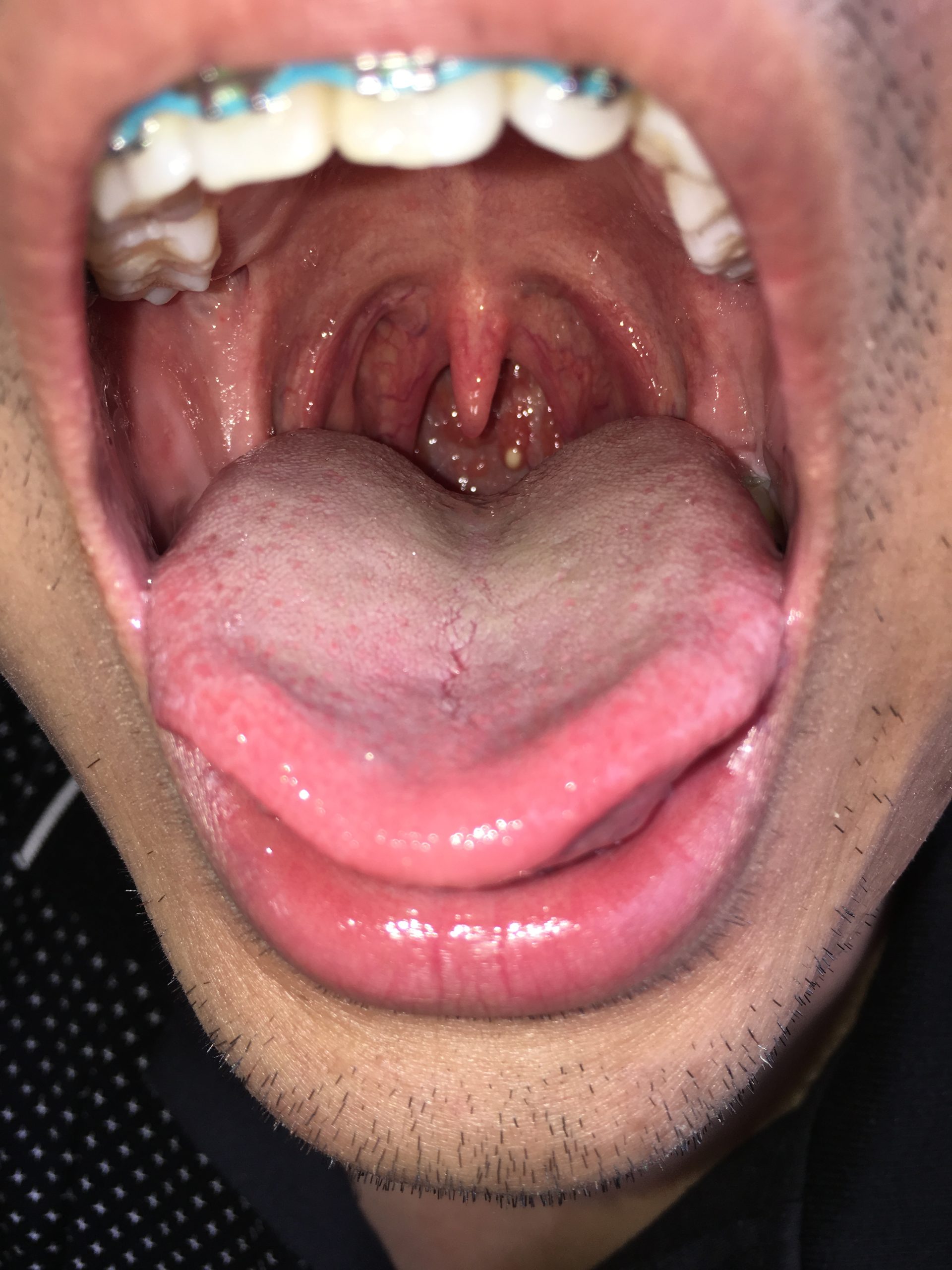Have you ever had a pounding tension headache? Do you ever get pain in your neck or shoulders for no apparent reason? Is it painful to chew food or utter words normally? You can be suffering from TMJ dysfunction, an agonizing condition that affects millions of people, mainly women in their twenties to forties.
Despite its prevalence, temporomandibular joint dysfunction (TMD), or jaw joint disorder, is frequently missed or misunderstood by doctors. It is important to treat the root of the problem, not just the symptoms, and a dentist can do just that.
TMJ Awareness Month in November is a nationwide effort to educate people about this condition and its treatment options. Read on to find out what TMJ condition is and what you can do about its unpleasant symptoms.
What exactly is temporomandibular joint dysfunction (TMJ)?
The TMJ is the connection point between the jaw and the skull. It acts as a sliding hinge, allowing your jaw to move freely without rubbing against your skull. Inflammation, erosion, or misalignment of the joint cartilage can lead to TMJ disorders (TMD).
TMJ Disorder: How Serious Is It Really?
Disregarding TMD is risky. There are a variety of painful signs and symptoms that could be caused by TMJ dysfunction, symptoms include:
- Tenderness and soreness in the jaw -jaw locking that makes opening and closing the mouth difficult
- Auditory discomfort or pain
- Headaches, especially migraines and tension headaches
- Trouble moving the neck and shoulders
Several potential factors, such as:
- Causes of a misaligned bite include: -Stress or injury
- Constant grinding of the teeth can cause wear and tear on the teeth and jaw joints, as well as other degenerative bone problems.
- Lackluster bearing (For example: Holding your head forward all day while staring at the computer)
So, how can you get rid of that throbbing jaw joint?
You shouldn’t give up hope if you’ve been dealing with any of these symptoms for a while now without a long-term answer.
If you suffer from TMJ issue, here are five at-home treatments you can try:
- If you chew gum or eat tough foods, you could be putting undue stress on your jaw joint.
- Try rubbing the tight spots to see if it helps.
- Begin a light fitness program every day.
- Find healthy ways to cope with pressure.
- When working at a computer for long periods of time, it’s important to take frequent pauses to stretch out your arms and relax your shoulders and neck.
If you follow these self-care steps, you may experience a reduction in your symptoms. However, a trained dentist who specializes in the proper examination and diagnosis of the TMJ joint should be seen in order to treat and eliminate the main cause of the TMJ issue.









